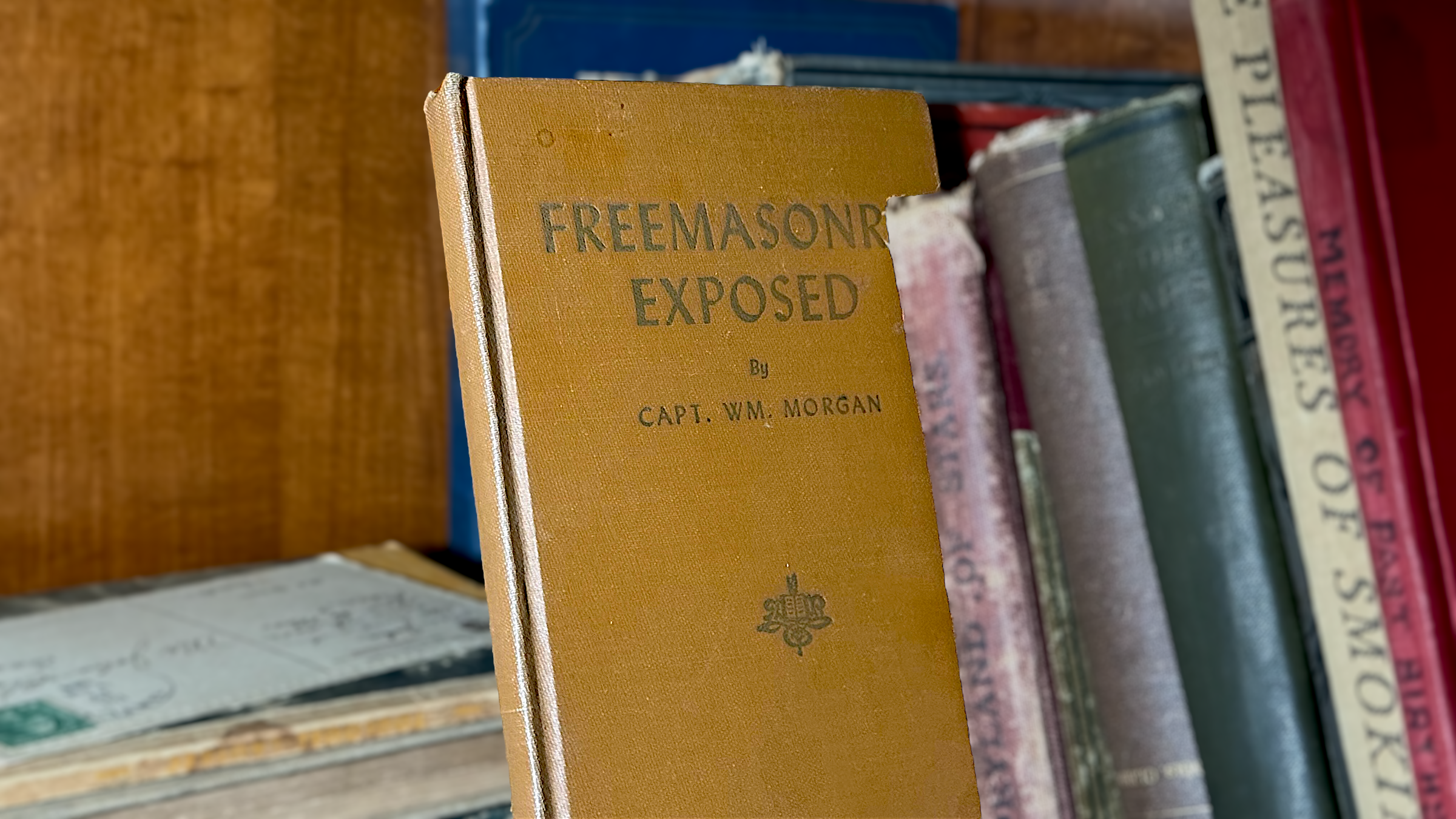The Whimsical World of Langella: An In-Depth Look at “Smiling Lamp Head”
Clown Art – Langella’s mid-century oil painting, “Smiling Lamp Head,” is far more than just a piece of whimsical art. It is a thought-provoking masterpiece that encapsulates the surrealist spirit of the 1950s and 60s, blending humor, absurdity, and a profound commentary on human identity. With its playful depiction of a clown’s head crowned by a glowing lamp, the painting invites both intellectual curiosity and emotional engagement—making it a significant piece for fine art collectors and admirers of unique cultural artifacts.
A Fusion of Surrealism and Mid-Century Charm
The painting’s surreal nature is immediately apparent, but it is grounded by the neutral tones of beige and green that dominate its palette. This balance reflects the mid-century aesthetic: an era marked by a fascination with modernity, experimentation, and playful exploration of the human psyche. The clown, with his exaggerated features and mischievous smile, serves as both subject and symbol. The addition of the lit lamp transforms the piece into a layered narrative—one that combines humor with philosophical depth.
Langella’s technical execution enhances this narrative. The softness of the brushstrokes in the clown’s ruffled collar contrasts with the precise rendering of his facial features, highlighting the duality of joy and introspection. The glowing lamp, with its subtle radiance, appears almost otherworldly, serving as a beacon that draws the viewer’s eye and sparks their imagination.

What Does the Lamp Symbolize?
The lamp on the clown’s head is more than a quirky addition; it is the crux of the painting’s meaning. From a psychological perspective, the lamp could symbolize enlightenment, creativity, or the burden of being a source of illumination for others. Clowns, often perceived as bringers of joy, hide complex emotions beneath their painted smiles. By placing the lamp atop the clown’s head, Langella might be commenting on the intellectual and emotional labor that comes with being a performer or an entertainer.
Sociologically, the lamp’s placement can be interpreted as a nod to the mid-century fascination with innovation and progress. The 1950s and 60s were decades of immense technological and cultural shifts, where the promise of enlightenment through modernity was both celebrated and critiqued. The clown, a figure traditionally associated with simplicity and playfulness, is juxtaposed with the lamp, a symbol of intellect and progress. This contrast reflects the era’s tension between preserving humanity and embracing rapid modernization.
The Cultural Significance of Clowns
Globally, clown culture holds a unique place in the collective consciousness. From the sacred rituals of Native American tribes to the comedic traditions of Europe’s commedia dell’arte, clowns have long been symbols of duality—joy and sorrow, innocence and wisdom. Langella’s clown, with his joyful expression and surreal adornment, taps into this universal archetype while adding a distinctly modern twist.
The lamp elevates the clown from mere entertainer to philosopher, inviting viewers to consider deeper questions about identity and purpose. In a sense, Langella’s clown becomes a mirror for the audience, challenging them to confront their own dualities. For collectors of clown art, this piece represents not just a celebration of the form but also a reimagining of its cultural and psychological depths.

Why This Painting Matters to Collectors
Fine art collectors are often drawn to pieces that combine technical mastery with rich, multi-layered narratives. “Smiling Clown Lamp Head” checks all these boxes. Its mid-century origin situates it within a pivotal moment in art history, when surrealism and modernism intersected with popular culture. Langella’s work captures the whimsy and innovation of this era while offering timeless themes that resonate across clown art collectors.
The painting’s playful yet profound nature makes it a standout addition to any collection. Its size (27” x 23”) is ideal for display, allowing it to command attention without overwhelming a space. Moreover, its unique subject matter ensures that it will be a conversation starter. A quality highly valued by collectors seeking pieces that spark engagement and intrigue.

The Investment Potential of “Smiling Lamp Head”
As the art market continues to embrace mid-century works, pieces like Langella’s are becoming increasingly sought after. The combination of surrealism, humor, and technical skill positions this painting as a valuable asset for collectors. Its rarity further enhances its appeal; original works by Langella are not widely available, making this a unique opportunity to own a piece of mid-century artistic innovation.
Looking ahead, the painting’s value is likely to appreciate as the market for surrealist and mid-century art grows. Collectors who acquire this piece today may find themselves holding a highly desirable asset in the years to come, particularly as interest in works that blend humor and intellectual depth continues to rise.
Why “Smiling Lamp Head” Stands Out
What sets this painting apart is its ability to evoke both joy and contemplation. The clown’s expressive face draws the viewer in, while the glowing lamp challenges them to look deeper. It’s a piece that defies easy categorization, embodying the best of mid-century creativity and surrealism. For collectors who value art that tells a story and sparks curiosity, this painting is a must-have.
Final Thoughts: A Treasure Worth Owning
Langella’s “Smiling Lamp Head” is more than a painting; it is a cultural artifact that captures the essence of mid-century art while offering timeless commentary on the human condition. Its whimsical yet thought-provoking nature ensures that it will remain relevant and cherished for generations.
For those who appreciate the intersection of humor, surrealism, and fine art, this piece is an unparalleled opportunity. Whether displayed in a private collection or showcased as a centerpiece in a gallery, “Smiling Clown Lamp Head” is a work of art that commands attention, sparks conversation, and invites admiration.
Don’t miss the chance to own this extraordinary painting. As both a collector’s treasure and a symbol of mid-century creativity, it is a valuable addition to any fine art collection. Contact us today to learn more about this one-of-a-kind masterpiece.












